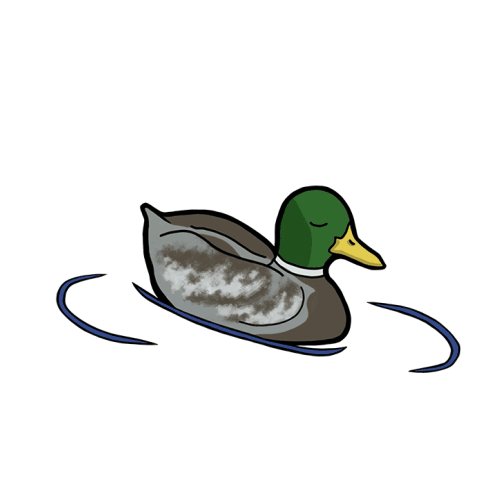Importance of accessibility
- Collegian staff
- Mar 9, 2020
- 3 min read
Claire Alongi
Staff writer
clalongi@willamette.edu
When author Troy Rondinone came to speak to English professor Allison Hobgood’s Disability and Premodern Drama class about his book, “Nightmare Factories,” he wanted to show the class a video. However, when the video began playing, Hobgood politely stopped him and asked to turn on the closed captions. He did, restarted the video and the rest of the following discussion continued as usual.
It was a blink-and-you’ll-miss-it interaction that many would not think twice about, but it’s an important illustration of how important subtitles and other accessible learning tools are to students. Even if you aren’t using them, someone might be, and you wouldn’t even know it.
According to Accessible Education Services director Sue Jin Hee Minder, “Most people are under the misconception that disabilities are visible when in fact 70 to 80 percent of disabilities are not visible and not apparent... Statistically, on college campuses, 60 percent of students with disabilities don’t register with the access office on campus. So just because someone isn’t registered with Accessible Education Services doesn’t mean they don’t have a disability.”
The Accessible Student Services section of the Willamette website says, “A reasonable accommodation is a modification or adjustment to the tasks, environment or the way things are usually done that enables individuals with disabilities to have an equal opportunity to participate in an academic program. Each student's accommodation is considered individually, utilizing recommendations in their documentation.”
Some of these accommodations listed include, but are not limited to, alternative testing, assistive technology, recording of academic materials in alternate format, interpreters, notetakers and scribes.
Hobgood’s insistence on using captions is one classroom example. She makes her classroom accessible in other ways as well: she always uses a microphone in class, and makes clear that students are allowed to do what they need to in order to be comfortable and present in the class, whether that be standing or knitting or working on a computer to take notes.
Part of the importance of noticing these things is based in the appreciation and acknowledgement of human diversity; to assume that every student or faculty member absorbs and accesses information the same way is a privileged and incorrect assumption. It’s better to acknowledge accommodations as different but equally valid ways of learning. As Hobgood noted, accessible learning tools and buildings benefit everyone.
“Take, for example, a curb cut on a sidewalk. Those were originally imagined as explicitly enabling disability access, but then all of a sudden folks riding skateboards and people pushing baby strollers were using those same curb cuts. When we make spaces and learning environments as profoundly accessible as we can, everyone wins,” she said. In addition to curbs, Jin Hee Minder noted that things like audiobooks, closed captioning and note-taking apps as other pieces of adaptive technology that were originally created for people with disabilities, but have since become mainstream.
Take advantage of the information in the Accessibility section of Willamette’s website. Besides the list of possible accommodations students can access, there are links to helpful applications that can translate text-to-speech (Natural Reader or Balabolka) or speech-to-text (Voice Note II or Dragon Dictation). There are also a host of sites that can assist with executive functioning, from brainstorming to time management.
But perhaps the most important thing students can do is become self-aware of their own misconceptions and prejudices.
Hobgood noted that it’s vitally important for students to “check their own ableist privilege and [realize] when, say, even language is not inclusive: words like insane, lame, crazy, those are all ableist terms,” and that it is also important to bring disability into classroom discussion.
“So often we will have conversations about race, class and gender, but disability is the last identity piece to come to the table... Making that visible in classroom discussions goes a long way toward disability inclusion.”
Jin Hee Minder echoed Hobgood’s point about bringing disability into the conversation. She also noted that inclusion is not a one person show. It’s a group effort. While she understands Willamette still has work to do, she’s confident in the school’s effort so far and the path it’s on.
“That doesn’t mean we’re perfect, but it does mean we’re striving and moving forward in the right direction,” she said.
Disability isn’t just something that requires access at Willamette, it’s something that requires access everywhere. It can be easy to take your own ability for granted, but looking beyond that is critical. It’s a diversity that is often ignored in favor of what is considered normal. And what is 'normal' anyway, when no two people’s bodies and minds are exactly alike? Instead of stigmatizing difference we need to embrace it, and by embracing it make sure that we recognize the importance of accessible spaces, on campus and elsewhere.




Comments